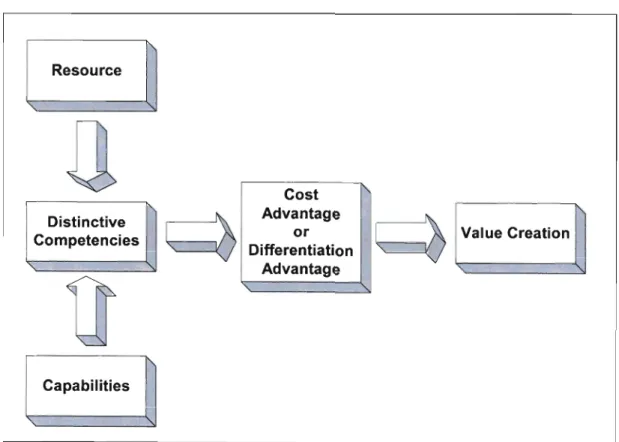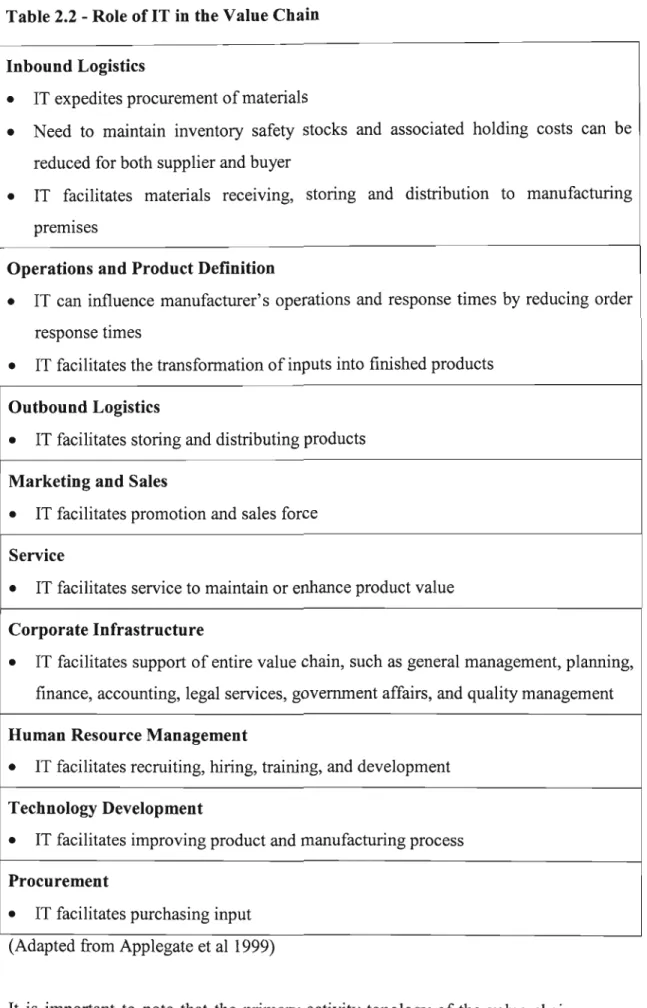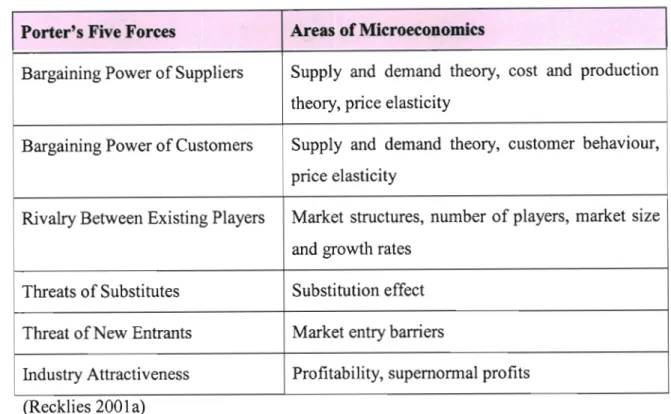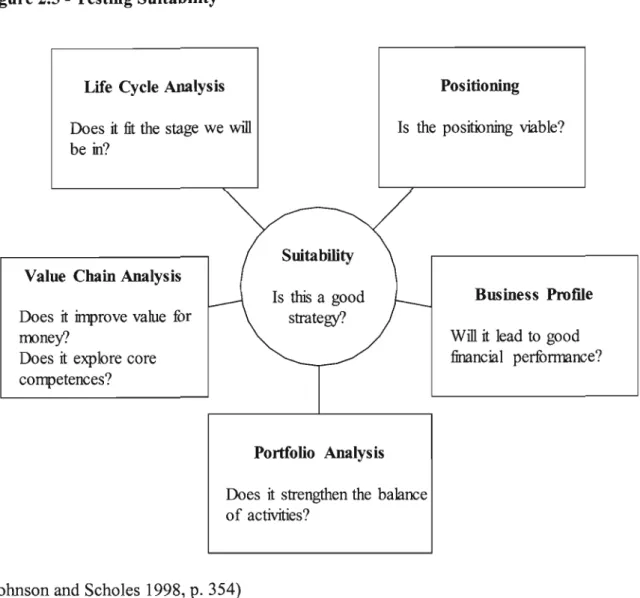Towards the end of the decade, Toyota celebrated its tenth year of market leadership in South Africa. In 2002, Bert Wessels passed away and the leadership of Toyota South Africa was handed over to Dr. Johan van Zyl, who was appointed President and CEO of the company.
Motivation for the research
By determining the feasibility of a chosen strategy, evaluation is simply about whether the strategy can work in practice. Strategy should not present mutually inconsistent goals and policies, but should foster a climate of tacit coordination within the organization.
Value of the Project
A model will be developed to assess the role of ERP in strategy formulation and planning. This model will help organizations using ERP or planning to implement ERP or replace an existing solution to determine the role of ERP in the organization's strategy.
Problem Statement
Objectives of the Study
Research Methodology
Limitations of the Research
Structure of the Study
The model developed in chapter two will be used as a framework for writing the case study. Recommendations will be made regarding the identified deficiencies and solutions for their solution will be presented.
Summary
As mentioned above, chapter four will evaluate the information in chapter three using the model from chapter two to determine strategic relevance. The application of the model in future strategic planning or changes to achieve strategic advantage in the use of information technology will be presented, with a special emphasis on ERP systems.
2 CHAPTER TWO 2.1 Introduction
The Strategic Planning Process
These areas are: how the processes of the organization are developed; how the organization is positioned in relation to its competitors; and how its routes have developed in the past and are predicted to continue in the future. Determining how best to use the organization's capabilities and resources in developing competitive strategies is part of the internal analysis process, while the external process is concerned with market analysis, analyzing competitors, and determining other factors.
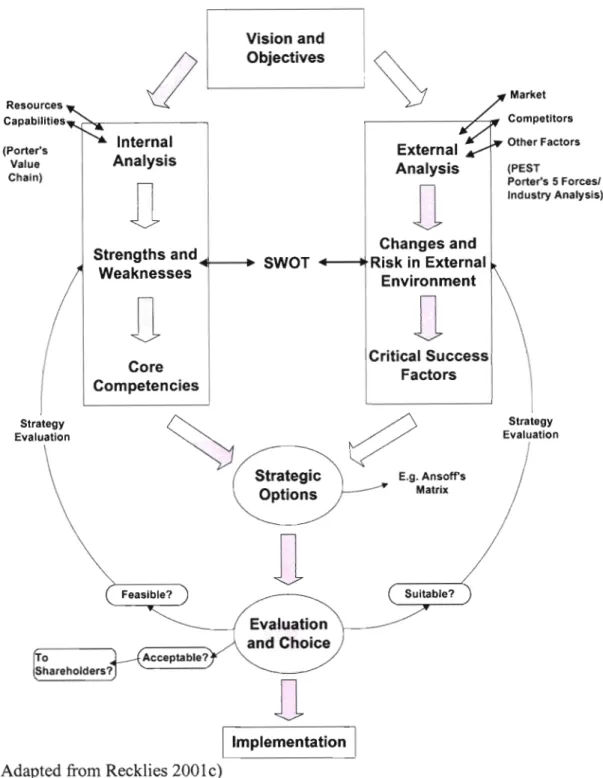
Sustainable Competitive Advantage
Companies must be more flexible and require strategic innovation in order to survive and achieve a sustainable competitive advantage. Lynch (2000) names three possible tests that an organization can use to test and validate claims of sustainable competitive advantage as listed in Table 2.1.
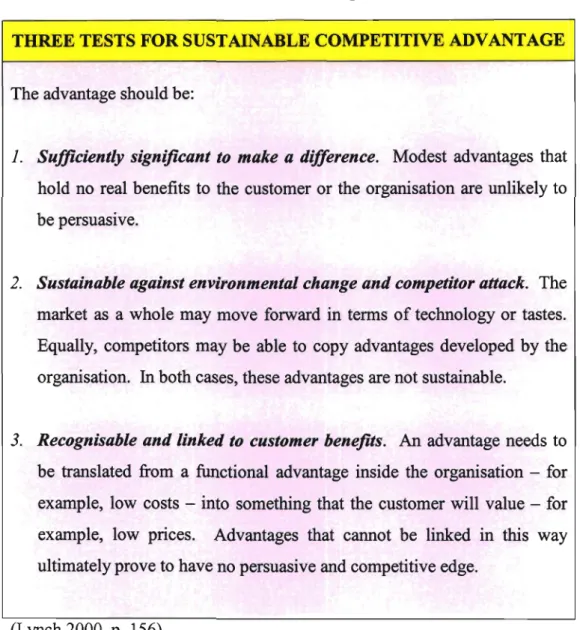
The Information Technology Resource
To make these decisions and enhance the organization's strengths (and overcome or avoid its weaknesses), certain organizational capabilities must be in place. One of the benefits that a well-designed business system provides is the availability of real-time transaction data for decision-making.
Analysing the Value Chain for Information Technology Opportunities
Identifying an organization's capabilities may not be easy, but leveraging the value chain for opportunities to increase the organization's capabilities can provide valuable insights into exploiting IT opportunities. The organization's value chain is connected to the value chains of upstream suppliers and downstream buyers. The development of a competitive advantage depends not only on the organization-specific value chain, but also on the value system of which the organization is a part (Recklies 2001 d, Internet Center for Management and Business Administration 2002b).
It is important to note that the primary activity topology of the value chain seems suitable for describing and understanding a traditional manufacturing company, but. According to Stabell and Fjeldstad (1998 p., the value chain models the activities of a long-connected technology, while the value store models organizations where value is created by mobilizing resources and activities to solve a specific customer problem, and the value network models organizations that create value by facilitating a network relationship between their customers using a mediating technology.” Value chain activities must therefore be transformed into value configuration analysis.
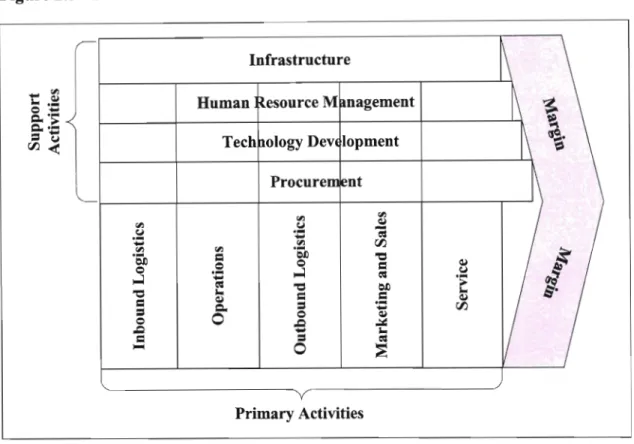
External Analysis for Information Technology Opportunities The elements of internal analysis alone will not determine if an organisation will
Porter's five forces model is based on the idea that a company's strategy must deal with opportunities and threats in the organization's external environment. Without a doubt, the most important difference between strategy in the world of Porters and in the world of new forces is the role of information technology.” Downs further points out that technology (IT) has become a significant disruptor of markets and operating models. Recklies (2001a ) further argues that organizations still operate within five forces based on the microeconomic environment in which they operate.
Different views exist about the role IT can (and should) play in an organization's strategy, as well as the impact it has on achieving sustainable competitive advantage. Everyone else in the company can see the same information and has access to the individual database that holds the order.
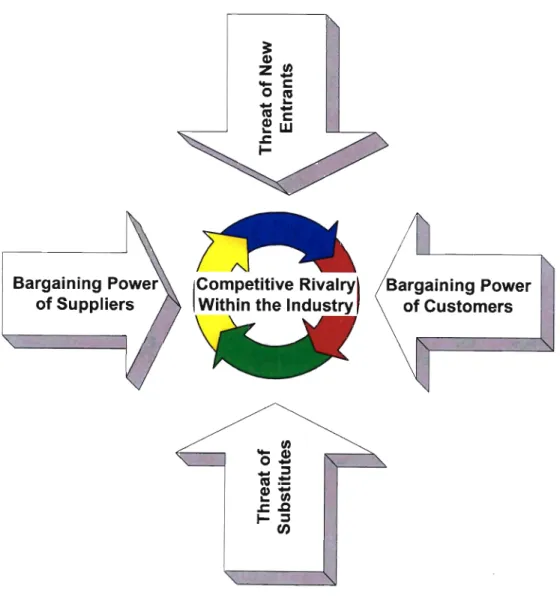
Techniques in the Evaluation of Strategy
- Analysing Acceptability
- Assessing Suitability
While acceptability deals with the expected reaction of stakeholders, the evaluation criterion of feasibility mainly deals with internal analysis and analysis of the organization's resources and capabilities. Assessment of feasibility is often quantitative in nature and requires an emphasis on detailed assessment of the organization's resources and capabilities. Assesses whether a strategy is likely to be appropriate for the stage of the product life cycle.
This could be combined with the organization's relative strengths and weaknesses in its market to create a life cycle/portfolio matrix. Describes the activities in and around an organization and relates them to an analysis of the organization's competitive strength.
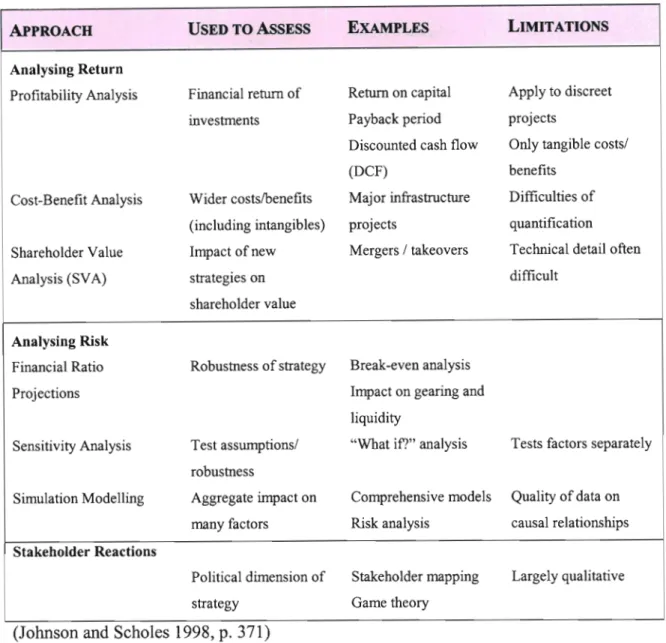
Evaluating the Role and Impact of ERP
- Evaluate the Impact of ERP for Consistency
- Evaluate the Impact of ERP for Consonance
- Evaluate the Impact of ERP for Advantage
- Evaluate the Impact of ERP for Feasibility
As part of the initial design process, the organization must answer the question: "What should the ERP system provide to meet or support the four broad strategy criteria that lead to competitive advantage?". Evaluating the consistency criteria can also reveal deficiencies in the business processes due to process failure. However, due to the integrated nature of the system, IT should act as a trigger for organizational changes.
The enabling effect of core competence will potentially result in competitive advantage in the implementation of an ERP system. The collective learning of the organization increases during this process mainly due to the integrated nature of ERP.
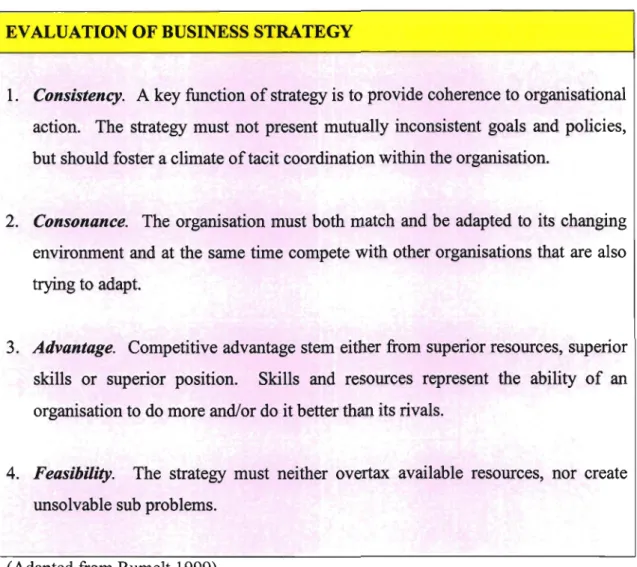
Summary
3 CHAPTER THREE 3.1 Background
- Toyota in South Africa
- Toyota South Africa's Performance
- Information Technology Choices
- SAP Success at TSP
- Other Achievements for Toyota South Africa
- Toyota South Africa's Vision and Mission
- Summary
At the start of the new decade, in 1990, Toyota South Africa celebrated its tenth year as the automotive industry leader. Toyota South Africa CEO Johan van Zyl explained that the company's lack of profitability in the 2002 financial year was expected and was largely due to the weakness of the South African Rand. The following two tables show the July 2003 overall market position for Toyota South Africa.
It is not only TSP that stands out for its awards and achievements, but also Toyota South Africa. Toyota South Africa has made the choice to implement SAP Rl3, a world leader in the ERP field, as the basis for providing a business solution for the company.

4 CHAPTERFOUR 4.1 Introduction
- Competitive Advantage
- Hard to Copy Resources
- Lifespan of the Resource
- Superiority of the Resource
- The role of IT in the Valoe Chain
- Evaluating the role of ERP
- The trigger
- Consistency
- Consonance
- Advantage
- Feasibility
- Results of ERP Evaluation at Toyota South Africa
- Summary
IT and ERP systems at Toyota South Africa are a resource that, together with the capabilities of the company, add value through the distinctive skills it creates. One such initiative is the use of the Internet to integrate with the production systems. The results of the evaluation of ERP system implementation at Toyota South Africa are summarized in Figure 4.2 below.
Toyota South Africa responded to the triggers for change and implementation of enterprise systems in the company. The success achieved by TSP is an indication of the potential for successful utilization of ERP systems at Toyota South Africa.
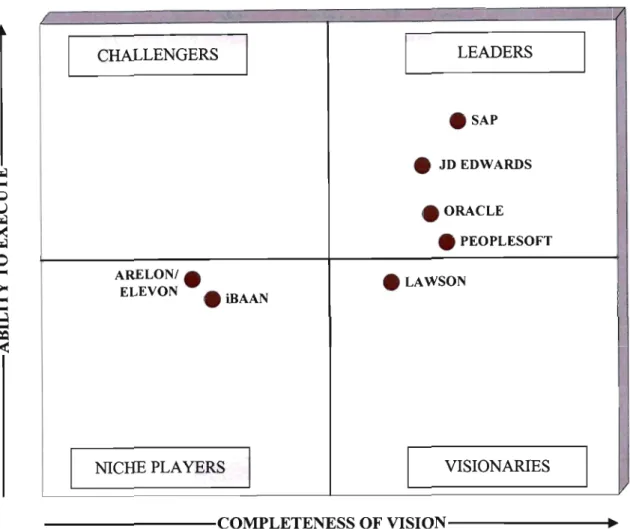
5 CHAPTER FIVE 5.1 Introduction
Benefits from ERP
- Planning Implementation
- Continuous Business Improvement
- Extending the Life of the Resource
In the case of Toyota in South Africa, evidence supports the idea that strategy was one of the triggers for introducing corporate systems to replace existing systems. Under these conditions, existing systems and processes must be evaluated to determine the necessary changes. Toyota South Africa is leveraging ERP to improve productivity, reduce costs and gain control as found in TSP.
In order to identify the changes required in the implemented business systems, IT must be included in the strategic planning process. Once the strategic requirements are identified, the underlying business processes must be examined to determine how they can best meet the strategic requirements.
Analysis of Evaluation Model
This implementation was unique in the global automotive industry when the decision was made, making Toyota South Africa a "test site" for this implementation. However, this confirms the company's position in the market as a market leader and differentiates the company as a technology adopter. The benefits that the organization experiences when implementing ERP systems cannot be disputed, but the place that ERP systems occupy in the strategic framework must be understood in order to leverage the opportunities presented by their use to gain competitive advantage.
These core competencies are necessary to support the company's position in the market and thus lead to value creation (Figure 2.2). Knowledge transfer must be actively managed to create and maintain competencies in the company in the long term.
Conclusion
Organizational learning leads to the creation of capabilities that could be superior at Toyota South Africa, which in turn can improve the company's core competencies. Part of Toyota's mission addresses this aspect, through its commitment to developing the skills and potential of all its employees. To achieve this, training, learning new skills and knowledge transfer must be part of the ERP implementation blueprint and therefore a product of the strategic planning process.
Information technology is one of the most volatile resources used by any organization today. Recognizing this fact and understanding the importance of IT in the organization is critical to managing this important and useful resource.
6 BIBLIOGRAPHY
Internet Center for Management and Business, Inc., 2002. http://www.quickmba.comlstrategy!competitive-advantage/. Internet Center for Management and Business Administration, Inc., 2002. Online), available at http://www.quickmba.comlstrategy/globaVdiamond/. Strategy evaluation and selection, exploring business strategy. Online), available at http://www.themanager.org/. Online), available at http://www.themanager.org/StrategylBeyondPorter.htm.
